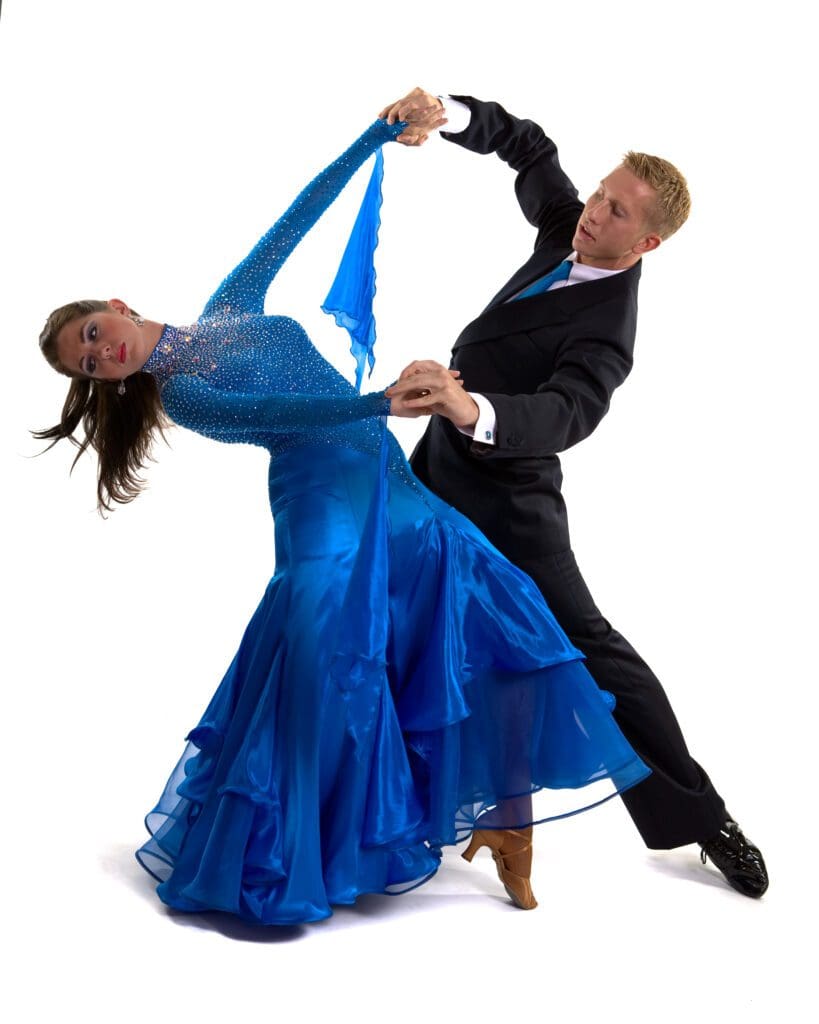Viennese Waltz
Viennese Waltz History
The American Viennese Waltz, an adaptation of the traditional Viennese Waltz, has a unique place in the history of ballroom dancing.
Origins:
- The Viennese Waltz originated in the 18th century in Austria, particularly in Vienna.
- It was characterized by its rapid tempo and flowing movements.
Adaptation in America:
- The Viennese Waltz was introduced to America in the 19th century.
- In America, it was adapted to suit local preferences, leading to the birth of the American Viennese Waltz.
Differences and Evolution:
- The American Viennese Waltz is generally slower than the original. This makes it more accessible to a wider range of dancers.
- It incorporates more open and elaborate figures, in contrast to the traditional, closer-held style of the original.
Modern Ballroom Dancing:
- Today, the American Viennese Waltz is a popular style in ballroom dancing competitions and social dance events.
- It retains the elegance and grace of the original but with a distinct American flair.
In summary, the American Viennese Waltz is a graceful adaptation of the traditional Austrian dance, modified to suit American tastes and styles, and is cherished in both competitive and social dancing spheres.
Viennese Waltz Characteristics
- The Viennese Waltz is characterized by its fast tempo, elegant turns, and continuous flow. Dancers perform a series of swift, rotating movements, maintaining a close embrace and fluidity. The dance is set to a 3/4 time signature, known for its rhythmic, graceful charm.
Viennese Waltz Music Information
The Viennese Waltz is set to music with specific characteristics that define its unique rhythm and style:
Time Signature: The music for the Viennese Waltz is typically in a 3/4 time signature, which means there are three beats in each measure.
Tempo: The tempo of the Viennese Waltz is notably faster than that of the standard Waltz, usually around 180 beats per minute (bpm). This creates a brisk, lively rhythm that drives the dance’s rapid turns and movements.
Rhythm: The rhythmic pattern of the Viennese Waltz is consistent, with an emphasis on the first beat of each measure, creating a distinctive “one-two-three” cadence that is central to the dance’s timing and flow.
Musical Style: The music is often classical and elegant, characterized by a flowing melody that complements the dance’s fluid and continuous motion.
These musical elements combine to create the distinctive atmosphere of the Viennese Waltz, contributing to its reputation as a dance of elegance and sophistication.
